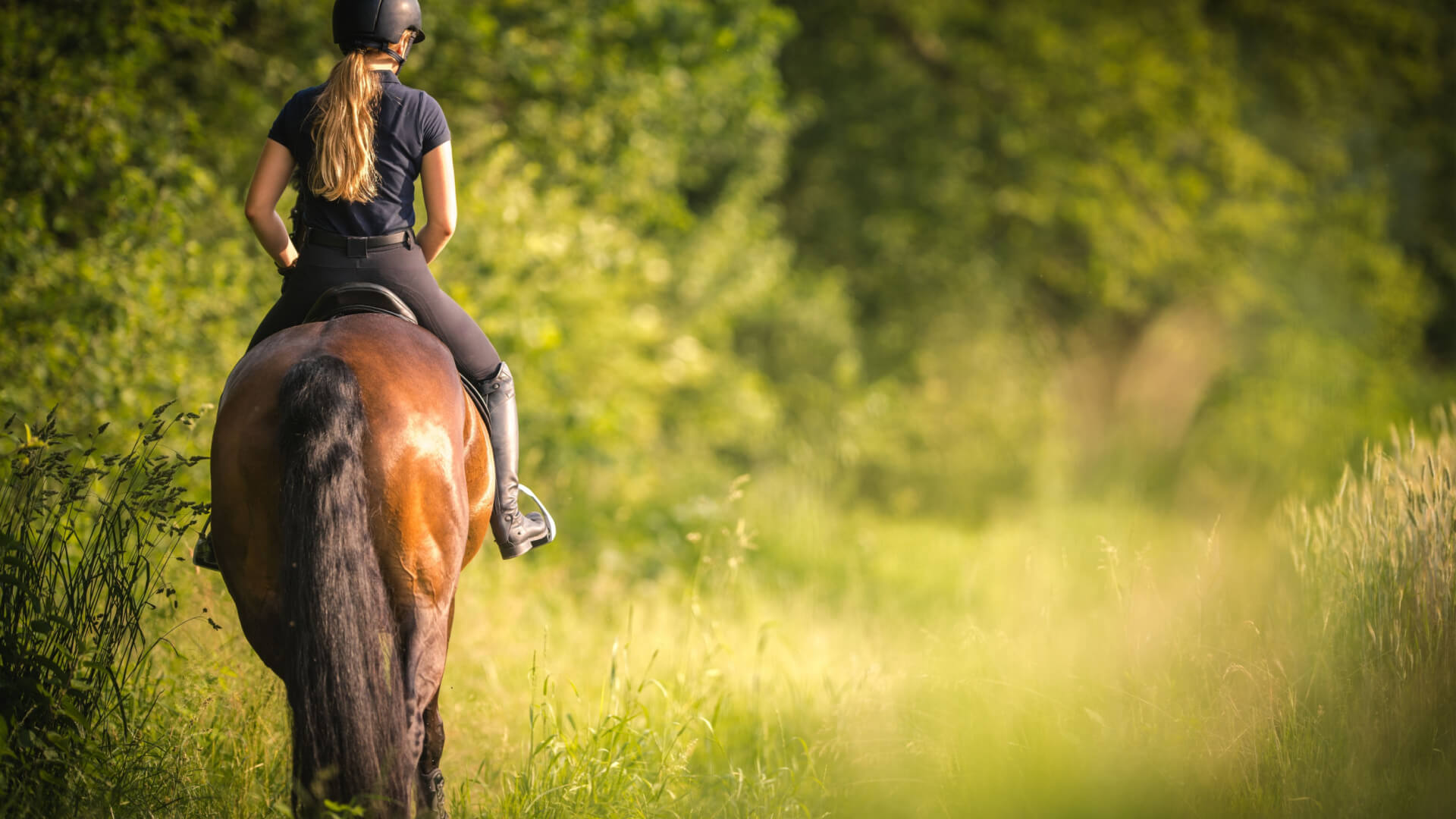May 31, 2024
How Often Should You Ride Your Horse?
When it comes to managing your horse’s health and well-being, one of the most crucial aspects is determining the optimal riding frequency for your horse. For equestrians and horse owners, striking the perfect balance between exercise and rest is essential for maintaining their horse’s performance, fitness, and overall happiness.
At Gladiator Equine, we understand this delicate balance and offer state-of-the-art therapeutic products to enhance horse health and support recovery from injuries.
Optimal Riding Frequency
Factors Influencing Riding Frequency
Determining how often to ride your horse depends on several factors:
- Age: Younger horses, still in training, typically require frequent but shorter riding sessions. This works to build their stamina and skills without overtaxing them. Conversely, older horses may need a more tailored approach, balancing activity with adequate rest to prevent overexertion.
- Fitness Level: A horse’s current fitness level significantly impacts how often it should be ridden. Horses that can handle frequent and intense sessions need those types of sessions to maintain their health. Horses can slowly work to reach this level in their fitness journey through gradual increases in activity.
- Discipline: Different equestrian disciplines demand varying levels of physical exertion. Show jumpers, dressage horses, and trail horses each require unique training routines to meet their specific performance needs.
- Health Status: A preexisting health condition or recovery from an injury necessitates a careful, measured approach to riding frequency to avoid exacerbating the horse’s issues or hindering their recovery.
A balanced schedule that considers these factors ensures your horse partakes in the right amount of exercise while minimizing the risk of overtraining or undertraining.
Riding Time and Intensity
The duration and intensity of riding sessions are affected by environmental factors as well. Here are some factors to consider:
- Weather Conditions: In extremely hot or cold weather, reducing the intensity and duration of rides can prevent undue stress on your horse.
- Seasonal Adjustments: Horses often have different energy levels and nutritional needs depending on the season. Tailoring your riding sessions to reflect these changes ensures consistent health and performance.
- Training Goals: Aligning your riding sessions with specific goals — such as preparing for a competition or enjoying a leisurely trail ride — can help structure your time and effort effectively.
By carefully managing the time and intensity of your rides, you can maintain an optimal fitness level for both you and your horse.
Health Benefits of Regular Riding
Consistent riding offers numerous benefits for both horse and rider:
- Physical Fitness: Regular exercise improves your horse’s cardiovascular health, muscle tone, and joint flexibility. Altogether, this can prevent obesity and related health problems.
- Mental Health: Engaging your horse in regular activities helps reduce boredom and associated behavioral issues. You can then promote a more balanced and content demeanor.
- Bonding: Riding frequently allows you to strengthen your relationship with your horse, fostering trust and better communication.
- Skill Improvement: Both horse and rider benefit from consistent practice, leading to improved technique and performance over time.
These benefits underscore the importance of a structured riding routine that promotes comprehensive well-being.
Signs of Overtraining and Undertraining
Knowing the signs of overtraining and undertraining is vital for maintaining your horse’s health:
1. Overtraining Indicators
- Lethargy or lack of enthusiasm for work
- Unexplained weight loss or poor condition
- Increased susceptibility to injuries and illnesses
- Behavioral changes, such as irritability or resistance
2. Undertraining Indicators
- Excessive energy or restlessness
- Weight gain and decreased muscle tone
- Lack of sharpness in performance
- Increased behavioral issues due to boredom
Adjusting your training routine based on these indicators can help prevent injury and burnout while ensuring a balanced, healthy lifestyle for your horse.
Therapy and Maintenance with Gladiator Equine
At Gladiator Equine, we offer advanced solutions to support your horse’s health:
- Injury Recovery: Our devices aid in faster recovery from injuries, ensuring your horse returns to peak condition safely.
- Maintenance: Regular use of our therapeutic devices keeps your horse in optimal health, preventing common issues and enhancing your horse’s overall well-being.
- Overall Health Improvement: Our cutting-edge technology complements your equestrian routine, providing an additional layer of care and efficiency in maintaining your horse’s health.
Contact Gladiator Equine for More Information
Understanding the optimal riding frequency and its impact on your horse’s health is crucial. At Gladiator Equine, we are dedicated to supporting your journey with innovative solutions designed for peak performance and recovery. To learn more about how our products can benefit your horse, contact us today


